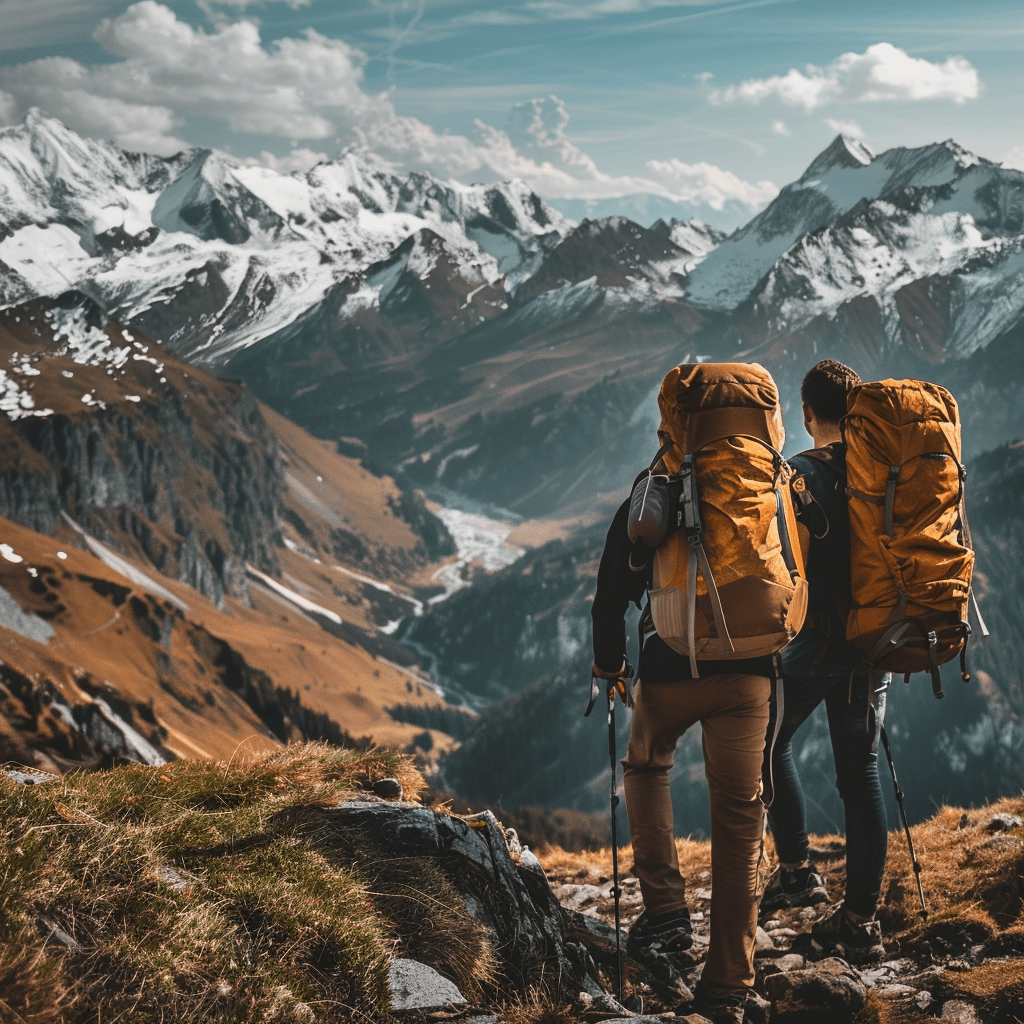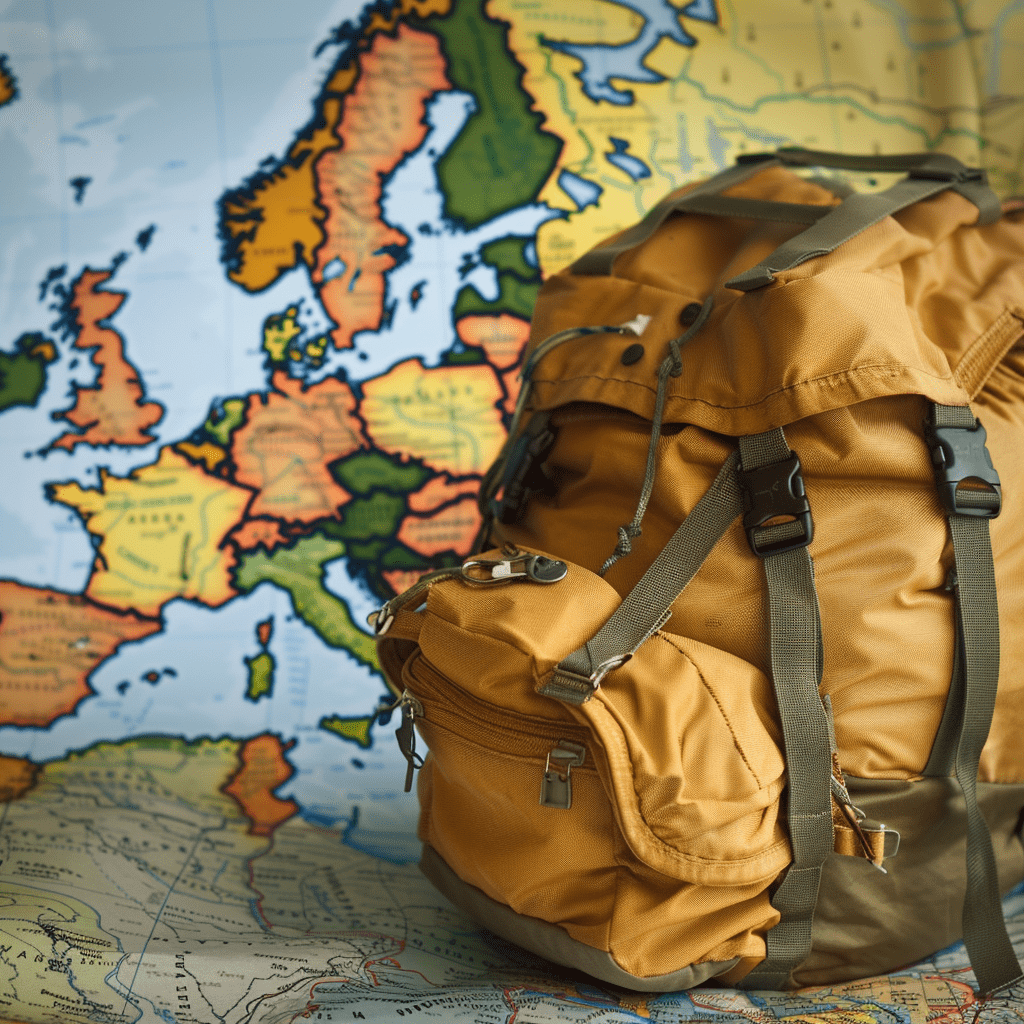The good news is that you can avoid buying expensive new gear or following many rules. It’s easy to figure out what to wear on a hike. This is the cheat sheet you should use.
What to Wear on a Hike is the sense of achievement, and the time spent in beautiful places. The worst parts? Sore feet, wet clothes, and chafing. Following a few simple rules about dressing for a hike, you can skip most of the worst parts.
When it comes to hiking clothes, it’s not about style. It’s about keeping you safe and comfy. Clothes and gear should be able to move with you, so stay away from jeans and heavy fabrics. It’s also important to wear clothes that keep you safe, like shoes that won’t give you blisters and materials that dry quickly so you don’t get cold when you step into the shade while your clothes are still wet.
What to Put On Top
There is no one right type of shirt to wear over everything, but there are some things you should look for.
If you want to avoid rubbing and swelling, look for shirts with flat-lock stitching. Pieces of fabric are joined end-to-end with flat-lock seams instead of touching. This makes lines that are very smooth and less likely to itch your skin.
Wear something on top that wicks away sweat and dries quickly. If a cloth is moisture-wicking, it will move your sweat to the outside, and if it’s quick-drying, you can go from drenched to almost dry in minutes. Fabrics like cotton and linen don’t meet these standards, so you should never wear them while climbing. Nicole Snell is a Fjällräven guide and an adventure guide at Black Girls Trekkin’ in L.A. She says that natural or blended wool are the most flexible choices. Snell said that wool is a sturdy material that lets air pass through it and keeps you warm even when it’s wet.
Bring a waterproof jacket on day walks in the sun. Stio, Arc’teryx, and Eddie Bauer coats fold into pockets, making them easy to pack in your hiking bag. If you frequently hike in the rain, choose a jacket with a DWR and extra waterproofing. Different brands rate jackets based on how wet they are on a mm scale. If you know it will rain a lot, look for something that is rated to 16,000mm (16K) or more.
What to Put On Your Bottom
What to wear on top and bottom while hiking is mostly the same: comfy, dry-quick fabrics. Depending on what you like, shorts, pants, or even hiking skirts or shorts are all excellent choices. When you go on a long hike, put on your bottom layer with your pack on to ensure your shorts don’t ride up or down or pinch when your pack is on your hips. You can zip these pants off and on, and they may be good for you if you never know what to wear.
If you’re hiking on rocky ground or scrambling, choose a fabric that can handle wear and tear. Ripstop or nylon fabrics are very sturdy and are even used to make rock climbing ropes.
If you don’t think you’ll be running into bushes, tree branches, sharp rocks, or rough campsites, you might be able to hike in yoga-style pants or airy gym shorts.
Bottoms should also have pockets with zippers or Velcro closures, hems that can be cinched in if the inseam is too long, and a belt that can be adjusted in case they get too loose on the trail. If you want to wear a belt, choose one that can be stretched out and doesn’t have an oversized buckle.
Also, remember to pick underwear that dries quickly.
What to Put On Your Feet
Break in your shoes if you recall nothing else from this article. Even light hiking shoes require time to break in, and a heel or toe blister is the fastest way out. Shoes, boots, and sneakers are the main hiking shoe varieties. For multi-day camping treks, most hiking boots are heavier and more supportive. Hiking shoes have a gripping bottom yet are lightweight and pliable. Although they don’t cover your ankle, if tied properly, they support it more than you believe.
A hiking shoe is the last choice. The sides of these sandals are gripped like a shoe or boot, but only a few thick straps go across the foot and heel. They give little support, but ultra-light day hikers and people who hike on trails with many stream crossings like to use them.
Most of the time, waterproof shoes cost more, so if you don’t think you’ll be walking in standing water, you can probably get away with not buying waterproof shoes. Some waterproof shoes don’t let as much air through, so for long walks, shoes that aren’t waterproof will keep your feet more relaxed.
Wear your climbing socks when you try on your shoes in the store to break them in. You can get hiking socks that are thick, thin, tall, or short. When going through brush, it’s best to wear tall socks. Consider buying a pair of gaiters, which strap around your feet and keep mud and snow off your socks and pant leg if you’re camping in muddy areas.
What To Add to Your Outfit
Different walkers like different amounts of gear. Some like having less gear, while others like having a full pack. But for most hikes, the most important things to bring are a hat to protect your head from the sun and shades to keep your eyes from getting tired and to block U.V. rays. Wearing a visor can subject you to U.V. rays, which can dry you out, burn you, and give you headaches. Another great choice is a baseball cap or a floppy sun hat.
To get shades, look for polarized ones. Polarized glasses reduce glare and help keep your eyes from getting tired when it’s bright outside. Most of the big outdoor brands offer many options. Brands like Maho Shades and Costa del Mar also make more fashion-forward choices.
Depending on the weather, you may also want or need gloves, a mosquito face net, a pull-over hiking buff that can be used as a beanie, a scarf, or a sweatband.
Many hikers also wear fitness trackers to help them plan their trips, keep track of their stats, and follow preloaded paths. Some brands, like Polar, Garmin, and Fitbit, make choices that are simple to use.
The Way to Layer
What to Wear on a Hike makes you hotter than thicker textures, thus you can remove layers if it gets heated. Better safe than sorry—protect clothing. Bring layers to remove and add. I layer up because the culmination is breezy and cold. Added, “The number of layers you that bring will really rely on how cold you can deal with it.” “Not in the least does the weather conditions change rapidly, yet climbing additionally makes you blistering.”
The layer on the outside might need to be made of SPF cloth. The SPF number of most materials is only 5 to 10, meaning U.V. rays can still reach your skin. SPF hiking clothes are made by most of the big outdoor brands.
Last, look at the low at night when deciding what to wear. Hiking is safe, but you may be on the trail after dark if you become lost or hurt and need help. You’ll be glad you brought extra warm clothes when the sun goes down.




